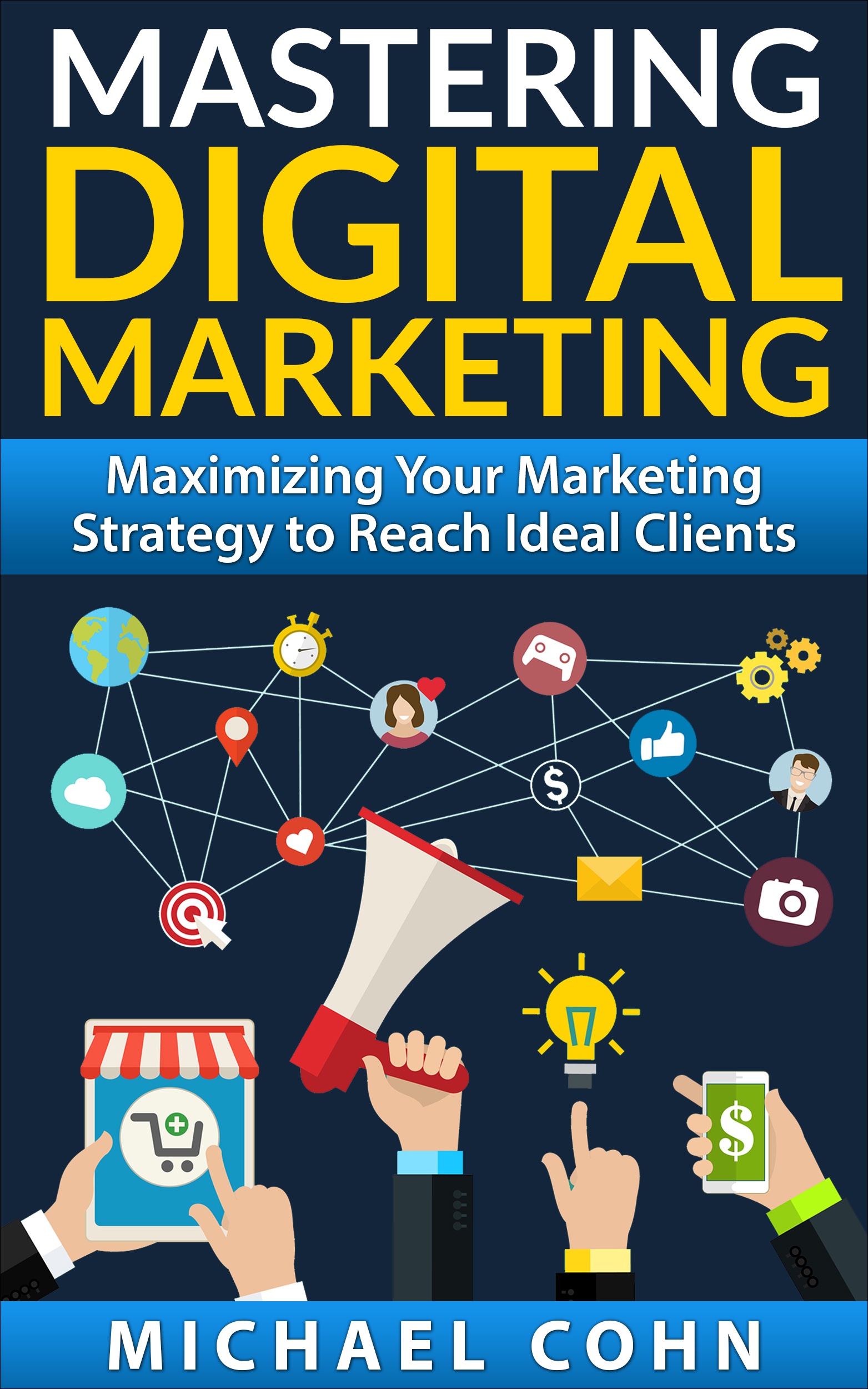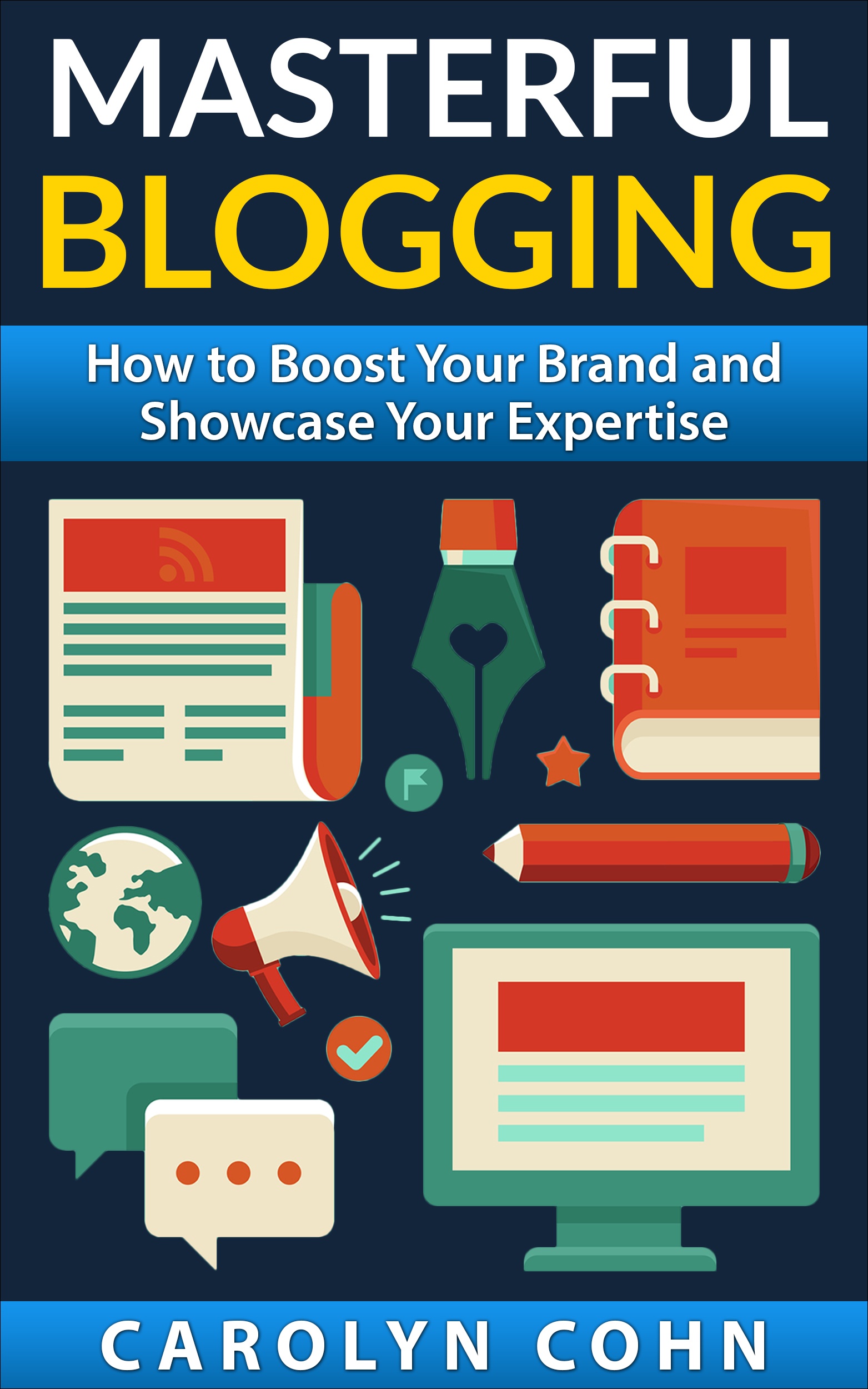Who Is Your Audience?

Understanding the type of people who visit your online presence sites is very important because you can use that information to enhance your online presence to suit them. As a result, you will gain more loyal, returning visitors who will come back again and again for more.
The Internet reaches a worldwide audience and is available 24 hours a day, seven days a week. For this reason, more and more potential customers are turning to the Internet for a variety of reasons, including researching products and services and making purchases. As more and more consumers turn to the Internet for these reasons, it is extremely important for businesses to establish an online presence. This is so important because failure to do so may result in their competitors gaining an edge over them when it comes to sales. While it is important for businesses to begin Internet marketing campaigns, it is also important for those same businesses to realize that basic advertising principles still exist and they cannot neglect these principles. Most importantly, those who advertise online have to be aware of who their target audience is and how to reach that audience.
How do you decide who to market to?
Narrowing your focus to one primary group of people is often difficult for small business owners. They want to help everyone — and very often, their product or service can help a variety of people. It also goes against human nature to narrow your focus in order to grow a business. Common sense seems to tell us that if we want to grow our business a great deal, we need to appeal to more people.
In reality, the opposite is true. When we narrow our focus to a particular group of people, we become experts in solving their particular problems. We get to know them very well and we can develop additional products and services to satisfy their needs.
So how do you decide who to market to? The following are some tips:
-
Think about the type of people who can benefit most from what you have to offer.
-
Think about who you would enjoy helping most or working with most.
-
Think about the type of people who will be easiest to reach and who will be most receptive to what you are selling. They will be the people who know they have the problem that you can solve.
-
Understand that just because you select a particular group of people to focus your marketing on, it does not mean that you can’t help others who may come to you. It only means that you are going to focus your proactive marketing efforts on the target group you select.
-
Don’t over-think it. Listen to your gut, pick a group you feel you can really help and proceed with the development of your marketing plan. Marketing is a fluid process. The important thing is to start. You can always refine your audience and your plan later as you learn more.
Research your target market
As with any marketing campaign, business owners should do some market research before they launch their Internet marketing campaign. Ideally, this will involve hiring a research consultant with a great deal of experience in conducting and evaluating this type of market research. The results of this research should determine the basic demographic information for the target audience. The results should also include information on how to reach this target audience.
A business that cannot afford to hire a consultant to conduct this market research should still make an effort to obtain this information on their own. This can be done through informal polls of current clients. This information may not be as comprehensive as the information obtained in a more formal study but it can still provide a great deal of insight into the best way to reach the target audience.
Designing your online presence for your target audience
Once this information is obtained, it is important to tailor the Internet marketing campaign to appeal to the target audience. There are a number of different variables that can be modified to ensure that the right message is reaching the right people in a manner that they can understand and to which they can relate. Some of the ways in which your Internet marketing campaign can be tailored in this way include the aesthetics of your website or advertisements, the wording of your content, and the use of more advanced design features such as audio and visual or interactive tools.
Here are few things to be taken into consideration when designing your online presence:
-
Goal: First you need a goal when you are developing a website for your audience. If you do not know what you are looking to achieve, it will be very difficult to succeed. Also, it takes a goal to drive your website to where it needs to be. A goal is what allows you to develop an initial plan for your website and helps to guide you in developing your website as well.
-
Demographic: What is the age level and what kind of knowledge does your audience have? A layperson might spend time on a website about literature but a professional editor or writer might have very little interest in that particular site.
-
Audience’s emotional state: Take your audience’s emotional state into consideration when building your website. If a very irritated visitor searches for a solution and comes across your site, you will want to make sure that you offer the solution right up front and sell or promote your product to him as the second priority. In this way, the visitor will put his trust in you for offering the solution to his problems first and is more likely to buy your product or service when you offer it to him after that.
-
Layout and aesthetic appeal: When you design the layout for your website, you have to take into account the characteristics of your audience. Are they old or young people? Are they looking for trends or are they just looking for information served without any icing on the cake? The aesthetic appeal of a website can greatly contribute to how the website is viewed by the members of the target audience. A website that is designed to attract the attention of an older generation with more conservative tastes should include muted colors, clean design, and conservative graphics. This will help to ensure that the target audience enjoys the website. Conversely, if you are looking to appeal to a younger audience with more liberal viewpoints, you might choose to design the website with bold colors, eye-catching graphics, and creative design features.
-
Content: The copy you include on your website should also take your target audience into consideration. Consider the examples of a conservative and a liberal audience listed above to create a better understanding of how the copy on your website can appeal to the target audience. When marketing to a more conservative audience, the copy should be tailored to use formal language and use facts to back up viewpoints. However, when you are marketing to a more liberal audience or a younger audience, you may wish to consider using less formal language, which is likely to appeal to the target audience. You can also focus more on emotion to express viewpoints.
-
Language: Try to sprinkle colloquial language on your website sparingly, where you see fit, and you will create a sense that your audience is on equal ground with you. This, in turn, builds a trusting relationship between you and your audience, which will become useful if you want to market a product to your audience.
-
Updates: Another important tip for developing a website for your audience is to plan when you will provide updates. This might seem like something you could consider down the road when your website needs updating, but it is really not the case. You need to know when your audience will most likely be viewing your website and when they won’t so you know when to provide updates. A little bit of planning will go a long way.
Conclusion
Your audience is very important and should be taken into consideration as much as your goal when developing a web presence. Basically, you are developing your web presence for a certain audience and these are the people who will help meet your goal so this is very important to consider. Just make sure that you determine who your audience is before you begin developing your web presence.
>We are pleased to provide you with the insightful comments contained herein. For a complimentary assessment of your online presence, let’s have coffee.



Via LinkedIn Groups
Group: Step Into The Spotlight!
Discussion: How Do You Decide Who to Market To?
Great question, Michael. I call it Auditioning Your Audience in my programs. Who they are, where they are, what they want, what they don’t want, what they understand, how they behave, where you find them, where they find you, what they read (if they read), really important to give this a lot of thought and to be discerning.
By Tsufit
Via LinkedIn Groups
Group: Chief Marketing Officer (CMO) Network – #1 Group for CMOs
Discussion: How Do You Decide Who to Market To?
Audience is everything! Good overview in the linked article. It’s also important to look at the emotional drivers and obstacles that the specific audience (we call them buyer personas) bring to the website or other piece of marketing content. What are they afraid of? Where are they hurting? What do they hope for? These questions are as important for B2B buyers as they are for B2C, and are often overlooked. The answers to those three questions–fear, pain, and hope–will give you the foundational building blocks for any piece of marketing content.
By Heather Head
Via LinkedIn Groups
Group: Small Biz Forum | The Group for Small Business Owners & Professionals
Discussion: How Do You Decide Who to Market To?
Thank you for sharing this article. I celebrate the recommendation to consider that “When we narrow our focus to a particular group of people, we become experts in solving their particular problems. We get to know them very well and we can develop additional products and services to satisfy their needs.”
It’s essential to have your strategic business plan drive your marketing and sales strategy!
By Lisa Heintzelman
Via LinkedIn Groups
Group: Dr Brian’s Marketing Network – Magical Marketing Ideas for Top Marketers
Discussion: How Do You Decide Who to Market To?
For many years, a monthly magazine would run a self-promotional in their own mag under the heading:
“What sort of person reads [name of mag]?”
And the profile followed, with a note to advertisers that if you want to reach this market, then this is a place to park ad revenue.
Think of it as if you were trying to meet the “right person”? Where would such a person be, what would they be doing, and why aren’t you there.
By Neil Carlson
Via LinkedIn Groups
Group: Dr Brian’s Marketing Network – Magical Marketing Ideas for Top Marketers
Discussion: How Do You Decide Who to Market To?
I was in a consumer products company in a certain part of a segment of the economy. The consumers were a certain age, lived in homes with a minimum, no maximum, income and language was not a big deal. We had a challenge since our age started at Infant and went to the end of preteen. As the kid gets older their access to the net gets wider and deeper. The overlap with TV is not 100 per cent.
Getting to kids is a lot different than getting to adults. Search is useless and the advertising has to be appropriate.
By Fred Held
Via LinkedIn Groups
Group: Social Media Mastery for Business Leaders
Discussion: How Do You Decide Who to Market To?
Very well said. If you don’t know who your audience is, you will miss the target audience and market to someone you don’t want to or who doesn’t need your product or service. Waste of time and money.
By Sean Gallahar
Via LinkedIn Groups
Group: Social Media Mastery for Business Leaders
Discussion: How Do You Decide Who to Market To?
Good tips,especially for musicians. We have to know who likes what we do.
By Steven McGill